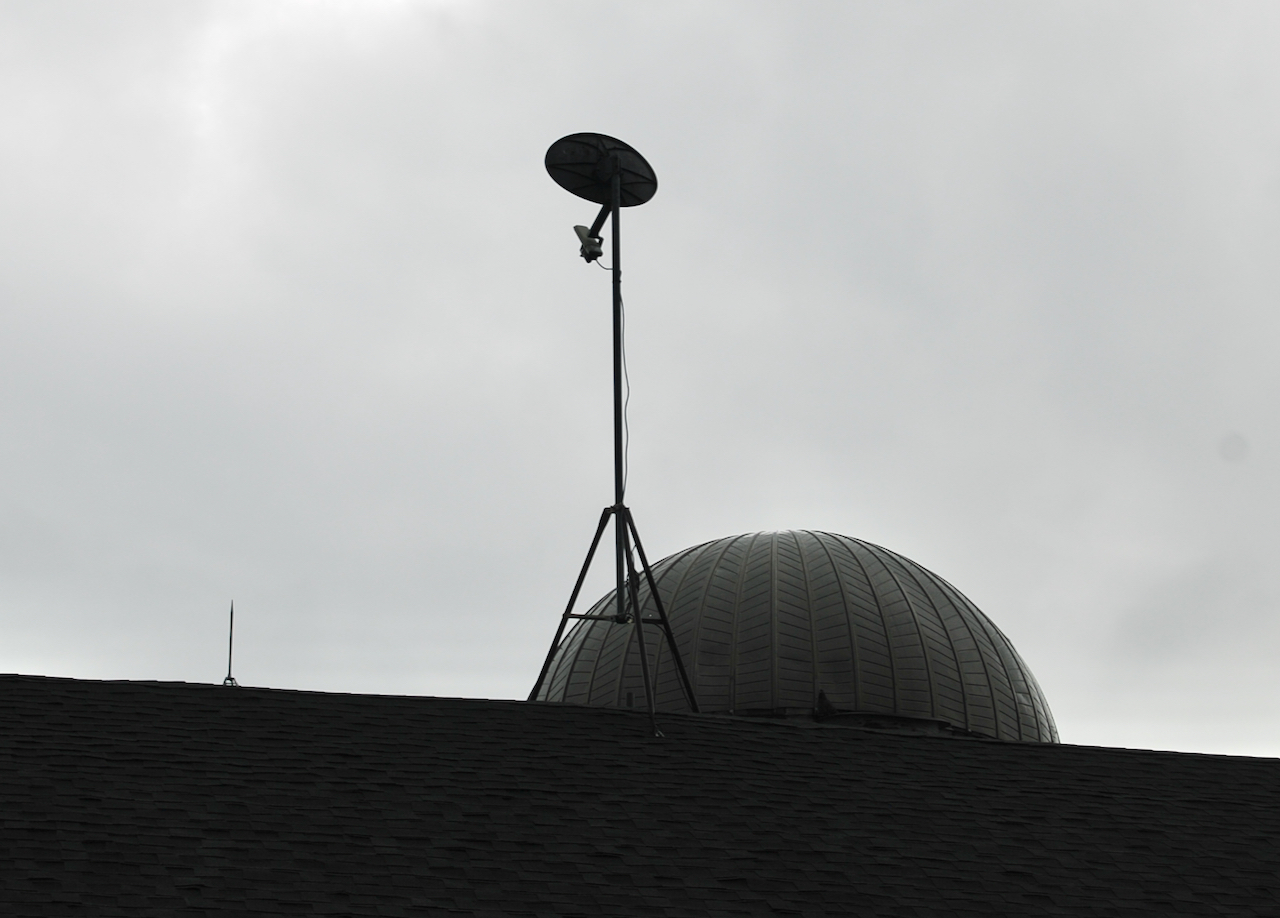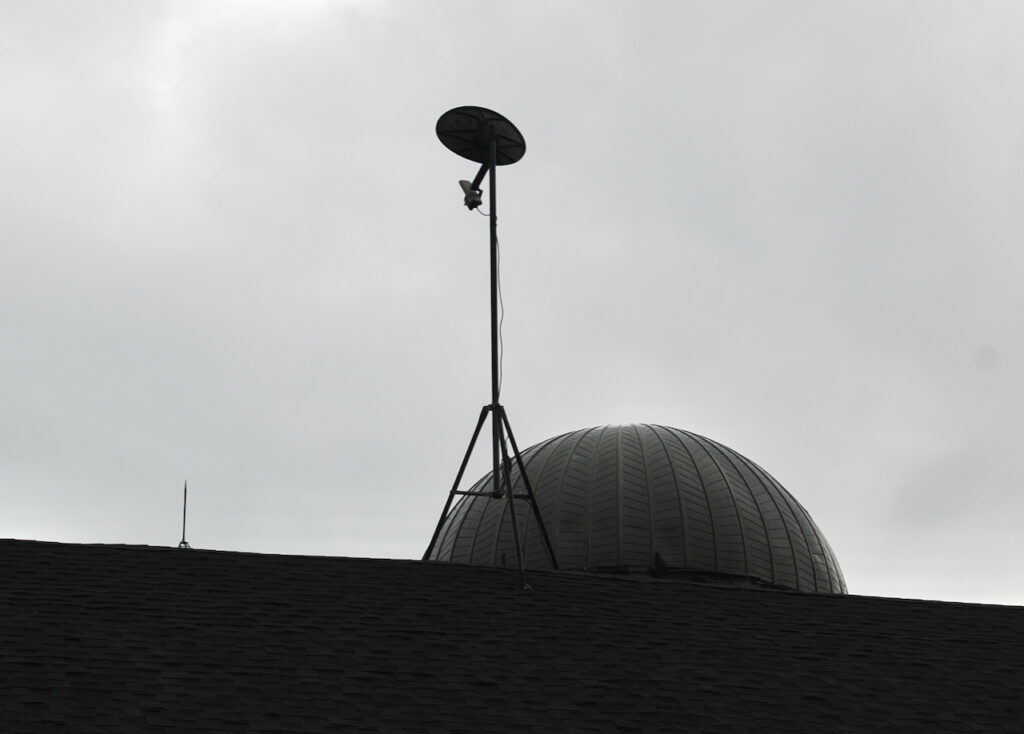Editor’s note: the following commentary was submitted for publication by Brian Knox of Milwaukee-based Laughlin Constable Public Relations.
Access to quality home and mobile internet is a crucial issue facing Wisconsin, especially for its hard-to-connect rural communities. A new statewide survey* shows rural residents want that access now and don’t care how they get it, but this runs counter to how state officials are proposing to allocate funding that will determine how and where that access will be provided.
Although home and mobile broadband connectivity is widely recognized as an essential service, it is estimated that 299,000 locations in Wisconsin will be un- and under-served by January 2024, according to an America’s Communications Association (ACA) Connects study done by Cartesian. The same study concludes that Wisconsin will only be able to address 76% of those locations if it solely deploys fiber technology to fill the broadband connectivity gap**. Over 70,000 locations would remain unconnected if the Wisconsin Legislature’s current proposals for broadband expansion projects under state or federal programs, such as the Broadband Equity Access and Development (BEAD) program are adopted.
The proposed bills contradict federal requirements and eliminate technology options, such as fixed wireless, satellite and others, that Wisconsin needs to ensure all residents will gain access to broadband through BEAD. The ACA study shows, connecting all Wisconsin locations to broadband is going to require multiple technologies and cannot be achieved by fiber alone considering location challenges and financial limitations.
“Our experience reflects that an ‘all-of-the-above’ approach will be needed to connect rural America, and we urge Wisconsin to keep all options on the table. Fiber will be the optimal solution for many parts of urban Wisconsin, however, by not allowing the opportunity to tap into other, proven technologies, rural communities are at risk for being left behind,” says Stephanie Cassioppi, senior director of government affairs at UScellular. “Fixed wireless is a cost-effective and quicker-to-deploy alternative to fiber deployment, and ultimately a mix of technologies is the best approach for connecting rural Wisconsin now and in the future.”
The statewide survey conducted in July sought to better understand Wisconsin residents’ views and priorities in gaining access to broadband connectivity. The survey found that more than half of rural Wisconsin residents said they wish fast internet would come to their communities more quickly, and nearly 70% reported having no preference on the type of internet— whether that be fiber, fixed wireless or cable— as long as it is fast and reliable.
“Our communities need access now. We can’t afford to wait five or 10 years. Our students need it for education. Our businesses need it for ecommerce. Our residents need it for quality of life, security and health,” said MaryAnn Lippert, who works with several rural Wisconsin communities in broadband planning efforts. “The results of this survey are exactly what I hear. Rural Wisconsin residents want affordable and reliable connectivity sooner rather than later, whether it is fiber or fixed wireless. If the current legislation isn’t altered, we fear that won’t be an option.”
Additional findings from the survey included:
• The lack of access to fast and reliable internet is more pronounced in rural America:
o More than 1/3 of rural residents say their area doesn’t currently offer as fast of an internet speed as they would like.
o 46% of rural residents are unhappy with their current internet speed compared to only 29% of urban residents.
• Residents are open to all technologies to provide connectivity:
• 71% of state residents say they don’t care who offers internet to them as long as it’s fast and reliable.
• 78% of residents say it’s important that everyone in Wisconsin can connect to the internet, regardless of where they live.
UScellular has over 100,000 fixed wireless customers across its service area and is enhancing its current 5G network with 5G mid-band technology. With funding support, the company can quickly and efficiently bring fixed wireless access to more rural customers.
*Between July 5 and July 10, 2023, a total of 300 online interviews were conducted among a mix of urban, suburban, and rural residents within the state of Wisconsin by UScellular Consumer Insights, in partnership with PureSpectrum. Results from the full survey have a margin of error of +/- 6 percentage points.
** This finding is based on the $1.1 billion BEAD allocation Wisconsin received and a $9,000 Extremely High Cost Per Location Threshold (a minimum cost-per-location-passed below which states cannot consider a non-fiber alternative, regardless of the cost differential).
Editor’s note: Madison-based TDS Telecom is a wholly owned subsidiary of Telephone and Data Systems, Inc., which was founded in 1969. The parent company also owns an 84% share in UScellular, which was formed in 1983 and is headquartered in Chicago.














